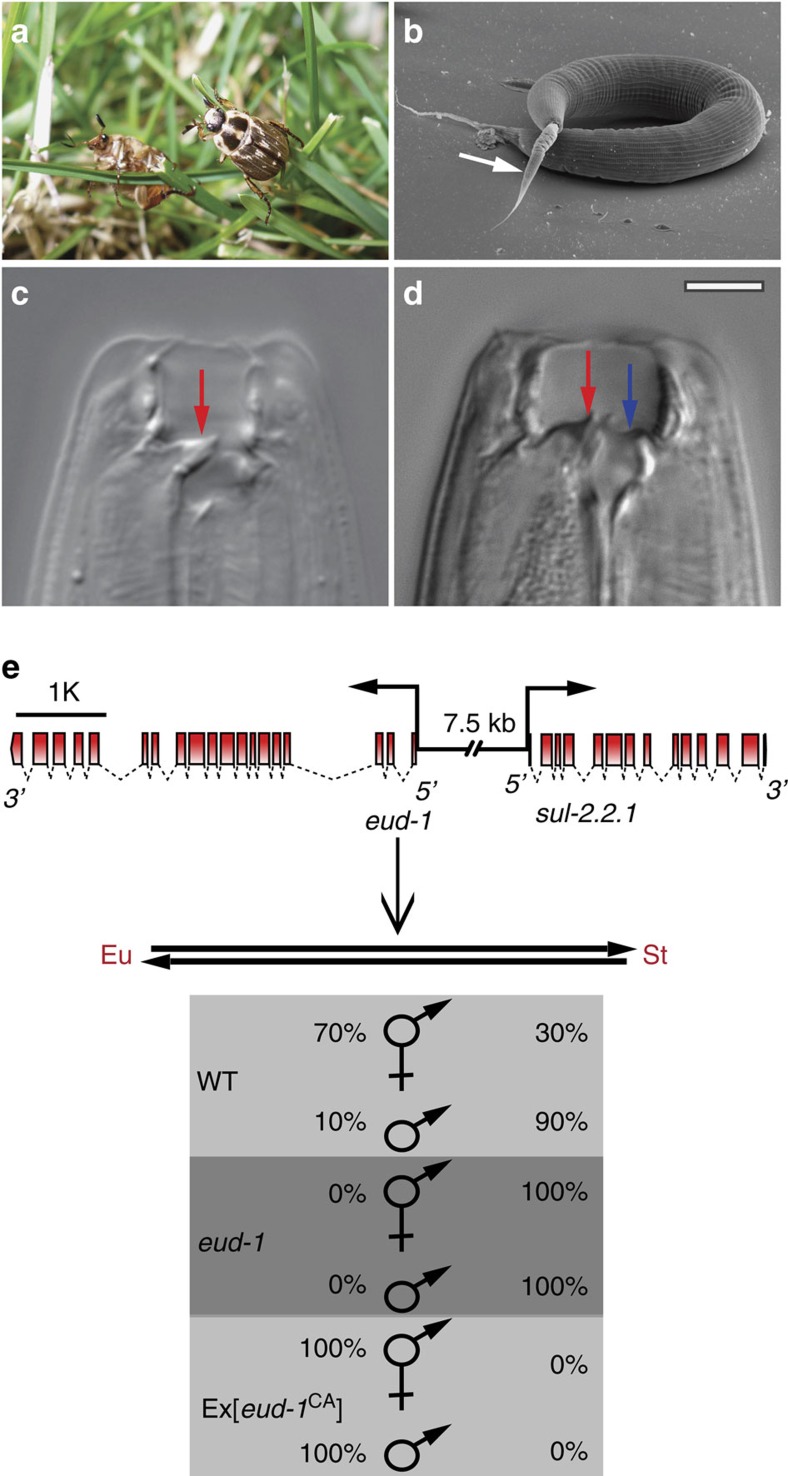Figure 1. Developmental plasticity in P. pacificus and its regulation by the developmental switch gene eud-1.
(a) The oriental beetle Exomala orientalis is one of the beetle hosts with which P. pacificus lives in a necromenic association. (b) Scanning electron micrograph showing P. pacificus predatory feeding on a small larva of C. elegans (white arrow). (c,d) Mouth dimorphism of P. pacificus enabling a switch between bacterial grazing and predatory feeding. Stenostomatous (St) animals (c) have a narrow buccal cavity and a flint-like dorsal tooth (red arrow), but miss the subventral tooth. In contrast, eurystomatous (Eu) animals (d) have a wide buccal cavity, a claw-like dorsal tooth (red arrow) and an additional subventral tooth (blue arrow). Scale bars, 10 μm. (e) Molecular organization of the eud-1 locus and effect of eud-1 function on mouth-form ratios. eud-1 derives from a recent gene duplication, with the neighbouring sulfatase sul-2.2.1 arranged in a head-to-head orientation. The two genes are separated by a 7.5 kb intergenic region that when used as promoter drives the expression of eud-1 in various head neurons. In wild-type animals, hermaphrodites and males form ∼70% and 10% Eu animals, respectively. In eud-1 mutants, both sexes are completely St, whereas eud-1 overexpression causes both genders to form only Eu animals indicating that EUD-1 functions as developmental switch.

